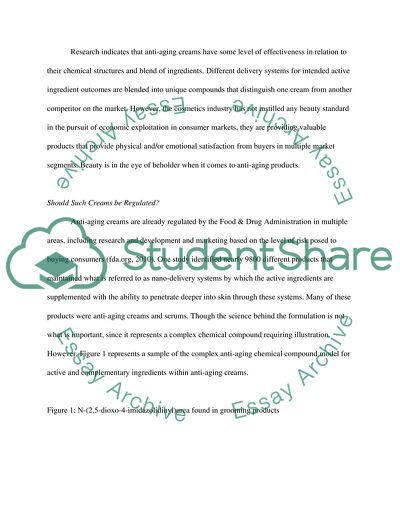Cite this document
(“Anti-Aging Cream Term Paper Example | Topics and Well Written Essays - 2750 words”, n.d.)
Anti-Aging Cream Term Paper Example | Topics and Well Written Essays - 2750 words. Retrieved from https://studentshare.org/health-sciences-medicine/1746169-anti-aging-cream
Anti-Aging Cream Term Paper Example | Topics and Well Written Essays - 2750 words. Retrieved from https://studentshare.org/health-sciences-medicine/1746169-anti-aging-cream
(Anti-Aging Cream Term Paper Example | Topics and Well Written Essays - 2750 Words)
Anti-Aging Cream Term Paper Example | Topics and Well Written Essays - 2750 Words. https://studentshare.org/health-sciences-medicine/1746169-anti-aging-cream.
Anti-Aging Cream Term Paper Example | Topics and Well Written Essays - 2750 Words. https://studentshare.org/health-sciences-medicine/1746169-anti-aging-cream.
“Anti-Aging Cream Term Paper Example | Topics and Well Written Essays - 2750 Words”, n.d. https://studentshare.org/health-sciences-medicine/1746169-anti-aging-cream.


